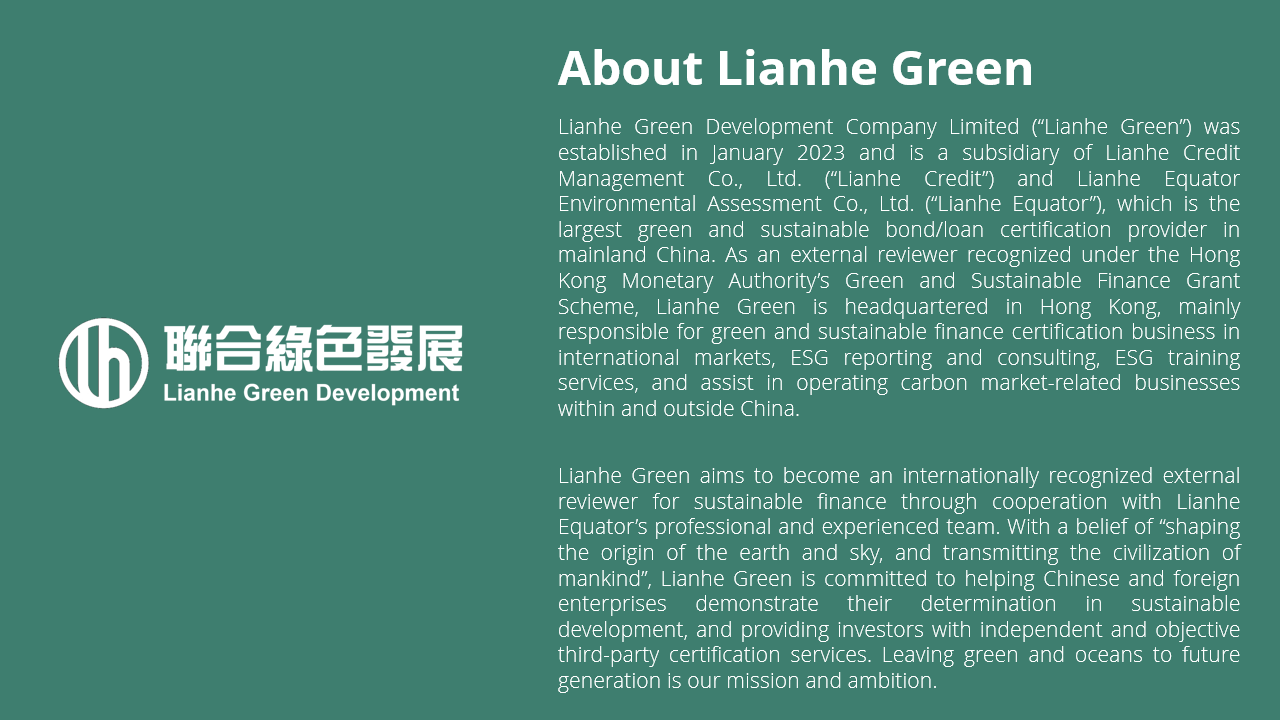 return
return
 current location:Home
current location:Home
 Reports and Insights
Reports and Insights
 Reports and Insights
Reports and Insights
 [Monthly Report] Just Transition, do you get it?
[Monthly Report] Just Transition, do you get it?
 return
return
 current location:Home
current location:Home
 Reports and Insights
Reports and Insights
 Reports and Insights
Reports and Insights
 [Monthly Report] Just Transition, do you get it?
[Monthly Report] Just Transition, do you get it?
category:Reports and InsightsRelease time:2025-04-30

Introduction
On April 23, 2025, Chinese President Xi Jinping delivered a speech via video link at the Leaders Meeting on Climate and the Just Transition. "We must accelerate the just transition," Xi said, adding that green transformation must be people-centered and pursued in a way that advances the well-being of people and climate governance in tandem, and strike a balance between multiple goals including environmental protection, economic growth, job creation, and poverty alleviation. "Developed countries are obliged to extend assistance and support to developing countries, help drive the global shift toward green and low-carbon development, and contribute to the common and long-term well-being of people of all countries," said President Xi.
I believe everyone is familiar with low-carbon transition, but what is a just transition? What is the relationship with low-carbon transition? Today, let us make a systematic review and analysis of the just transition.
Takeaways
1. Compared with climate transition, just transition focuses more on "people-oriented", emphasizing that while improving the environment, the impact on people's livelihood should be minimized. It is social responsibility rather than green.
2. The industries involved in the theme of just transition are mostly high-emission and high-pollution industries that are difficult to transform, such as steel, coal, etc. These industries urgently need to transform and retrain the skills of industry employees to adapt to the overall changes in the industry.
3. A just transition usually has a long transition cycle and requires financial support. Therefore, a just transition requires the cooperation and efforts of industries, governments, enterprises and financial institutions.
A. Background, definition and latest progress of just transition
Background
The concept of just transition originated from the American labor movement in the 1970s. At that time, the strengthening of environmental protection regulations led to the closure of some highly polluting industries, and the problem of worker unemployment was prominent. Trade unions proposed that environmental protection policies should take into account the rights and interests of workers and ensure that the economic transformation process would not be at the expense of vulnerable groups. This concept has gradually expanded from the protection of labor rights to the broader field of social equity and sustainable development.
As the global climate change problem becomes increasingly serious, the concept of just transition has been incorporated into the international climate policy framework. In 2015, the Paris Agreement clearly proposed the principle of "just transition" for the first time in the United Nations climate agreement, emphasizing that social equity and workers' rights must be ensured in the process of transitioning to a low-carbon economy. Since then, just transition has become one of the core issues of the global sustainable development agenda.
Definition
The International Labour Organization (ILO) defines just transition this way: “Greening the economy in a way that is as fair and inclusive as possible to everyone concerned, creating decent work opportunities and leaving no one behind.”
In the process of society's transition to a low-carbon, sustainable economic model, a just transition aims to ensure that affected workers, communities and enterprises can share the benefits of the transition fairly and avoid unreasonable losses due to industrial adjustments. Its core goals include:
Economic fairness: ensuring reemployment and skill improvement for workers in affected industries;
Social inclusion: ensuring that vulnerable groups (such as low-income communities, indigenous peoples, etc.) are not marginalized;
Environmental justice: promoting clean energy and green technology while reducing the environmental burden on specific regions.
Latest progress
In recent years, a just transition has entered the stage of policy practice from theoretical discussion.
At the 27th Conference of the Parties (COP27) of the United Nations Climate Change Conference in 2022, the Just Transition Work Programme (JTWP) was established, and further consensus was reached on the working model at COP28. The primary task of JTWP is to advocate a "people-oriented" transformation path and put the needs of "people" at the core of all climate actions.
In 2023, the Glasgow Net Zero Finance Alliance (GFANZ) released the "Just Transition Financing Framework", which further clarified the role of the financial industry in supporting a just transition.
B. Which industries need to pay attention to a just transition?
A just transition mainly affects industries with carbon intensive, high pollution or facing technological disruption. Companies in these industries need to plan their transformation strategies in advance to reduce social impact. Key industries include:
Energy: Traditional energy industries such as coal, oil and natural gas are the core focus of a just transition. As the global carbon neutrality goal is promoted, many countries are gradually phasing out coal-fired power, resulting in many miners and power plant workers losing their jobs. Energy companies need to invest in renewable energy and provide retraining programs for their employees.
Manufacturing: High-energy-consuming industries such as steel, cement, and chemicals are facing pressure to reduce emissions. For example, green hydrogen steelmaking technology may replace traditional blast furnaces, and companies need to adjust their production models and work with trade unions to protect workers' rights.
Transportation: The transition from fuel vehicles to electric vehicles affects automobile manufacturing, maintenance, and gas station employees. Automakers need to work with governments and financial institutions to promote supply chain adjustments and skill reshaping.
Agriculture and forestry: Sustainable agriculture and forest protection policies may affect farmers' livelihoods. For example, policies to reduce deforestation require industries such as palm oil and soybeans to adopt more environmentally friendly production methods while supporting the transformation of small farmers.
C. The role of financial institutions in a just transition
A just transition usually requires a long transition cycle, so financial institutions (banks, insurance, investment funds, etc.) play a key role in promoting a just transition. Financial institutions can support vulnerable communities and mitigate potential social impact by funding projects that create sustainable jobs, enhance local economic resilience, and promote inclusive low-carbon economic transition.
Guiding capital flows at the level of sustainable financing
Financial institutions can provide funding for just transition projects through tools such as green bonds and sustainability-linked loans (SLLs), for example, by focusing on the well-being of specific social groups, such as workers, communities and marginalized groups.
Incorporating just transition assessment elements at the level of sustainable investment
In sustainable investment, just transition indicators could be included in ESG assessments to avoid investing in transition projects with high social risks. Just transition financing enables financial institutions to manage risks related to social inequality while attracting ESG investors.
Coordination with policies
Financial institutions can actively participate in international initiatives (such as GFANZ and PCAF) to promote the implementation of just transition financial standards. At the same time, work with the government to achieve policy and financial tool coordination by designing incentive mechanisms (such as preferential loans and guarantee programs).
D. Case sharing: Just transition practices in Spanish coal regions
Spain was once a major coal producer in Europe. In order to fulfill its climate commitments, the government decided to close all coal mines by 2019. This policy threatened the livelihoods of about 10,000 miners. To this end, the government, enterprises and financial institutions have worked together to create a successful cooperation plan for just transition. By 2023, more than 80% of the affected workers have successfully transferred to renewable energy or the service industry, and some mining areas have become green technology hubs.
The specific measures were included:
Government-led just transition agreement: The Spanish government reached an agreement with trade unions and energy companies to provide early retirement and retraining subsidies, and invested 2.5 billion euros in economic revitalization in affected areas.
Financial institution support: The European Investment Bank (EIB) provides low-interest loans to support the development of solar and wind power projects in mining areas; local banks set up special microfinance to help miners start businesses.
Corporate participation: Energy company Repsol built green hydrogen facilities in old mining areas and gave priority to hiring former miners.
V. Conclusion
Just transition is essential to achieve sustainable economic development. From countries to industries to enterprises, social equity must be included in the strategies, and financial institutions should promote inclusive growth through capital allocation. In the future, as the global carbon neutrality process accelerates, the collaborative model of government, enterprises and the financial community will become the key to the success of just transition. Only by ensuring that “no one is left behind” can the green economy truly benefit the whole society.
